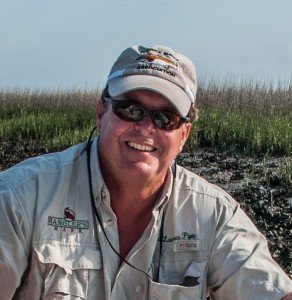 Submitted by Capt Lawrence Piper
Submitted by Capt Lawrence Piper
TheAnglersMark.com
January 1, 2015 1:00 p.m.
We’ve covered the first two principles to a good fly cast – Eliminate Slack line and have the proper amount of smooth acceleration. Once the cast is up and going fly fishers need to consider the third principle: The rod tip should travel in a Straight Line Path.
Principle Number 3: Straight Line Path.
The fly line is always going to follow the rod tip. The next time you’re out in the yard practicing, get 10-15’ of line out of the rod tip and then just wave it around, making figure eights and such. You’ll see the fly line goes everywhere the rod tip goes. The best way to get nice narrow loops with your fly line is to make your cast with your rod hand traveling in a straight line path to the target, and from the target.
If the rod tip follows a domed or convex path the fly line will travel in a large arc and you will have wide loops. Wide loops are not ideal if you’re looking for accuracy or distance. On the other hand, if the rod tip dips or follows a concave path there is a good chance the end of the fly line will fall down and cross itself, creating what we call a tailing loop. A crossing or tailing loop will cause the cast to fail and may also tie an overhand knot in your leader! In addition to the paths of the rod tip, good loops are formed by keeping the rod tip traveling in the same plane and not swinging out and in when traveling away from the target and back. Depending on how much line you have out and how far you want to cast will help determine the length of your Casting Stroke, which is next week’s principle!
Capt. Lawrence Piper is an Amelia Island back country fishing guide and a FFF Certified Casting Instructor. Capt. Piper can be reached at www.TheAnglersMark.com 904-557-1027 [email protected]
